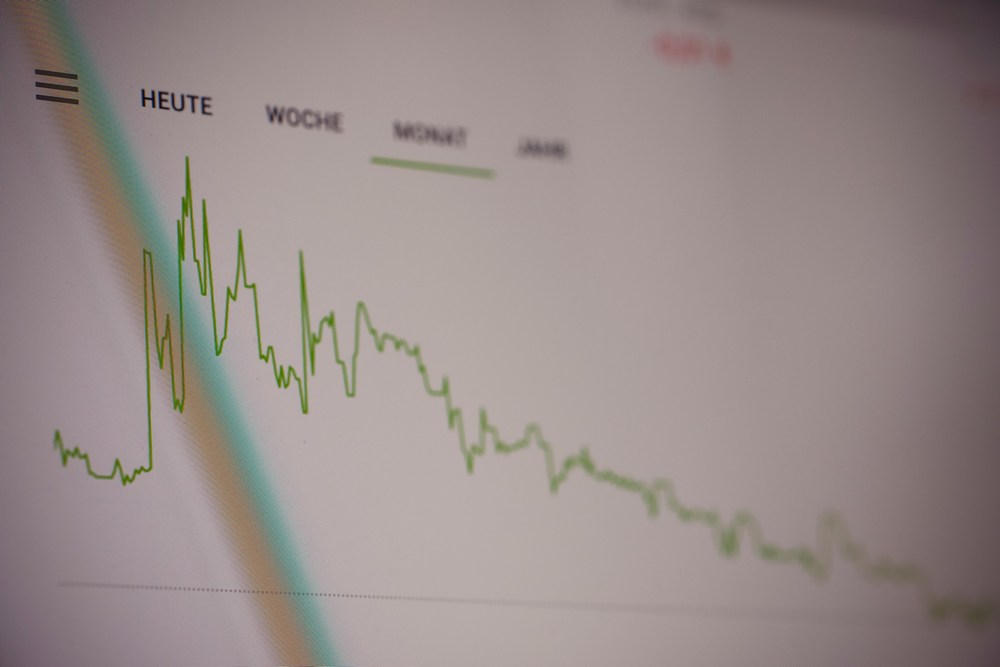
KPI – June 2024: Recent Vehicle Recalls
KPI – June 2024: State of Business – Automotive industry
KPI – June 2024: State of Manufacturing
KPI – June 2024: Consumer Trends
In May, the Consumer Price Index for All Urban Consumers (CPI-U) was unchanged on a seasonally-adjusted basis following a 0.3% rise in April, according to the U.S. Bureau of Labor Statistics. Over the last 12 months, the all-items index increased 3.3% before seasonal adjustment.
Important Takeaways, Courtesy of the U.S. Bureau of Labor Statistics:
- The indexes for shelter, food and food-away-from-home rose 0.4%, 0.1% and 0.4%, respectively.
- Indexes on the climb include shelter, medical care, used cars and trucks, as well as education, while indexes on the decline include airline fares, new vehicles, communication, recreation and apparel.
- The all-items index rose 3.3% year-over-year, with the all items less food and energy index up 3.4% during the timeframe. The energy index rose 3.7%, while the food index increased 2.1%.
Employment
Total nonfarm payroll employment increased by 272,000 in May – exceeding the Dow Jones estimate of 190,000. However, the unemployment rate and number of unemployed persons inched up to 4% and 6.6 million people, respectively – the former of which is the highest level in more than two years. Meanwhile, the labor force participation and long-term unemployed (those jobless for 27 weeks or more) rates registered 62.5% and 20.7%, respectively, according to the U.S. Bureau of Labor Statistics. Wage growth remained strong, with average hourly earnings – a key measure of inflation – rising 0.4%. On an annual basis, wages increased 4.1% in May.
Caption: Job gains for March were revised down by a total of 5,000 jobs to 310,000, while April’s gains were revised down by a total of 10,000 to 165,000 jobs.
That said, data shows 8.35 million Americans are holding down multiple jobs as of May 2024 – accounting for 5.2% of civilian employment. According to Sinem Buber, lead economist at ZipRecruiter, the high cost of living, plus a desire to provide better protection in the event of a layoff, are two primary drivers in the number of employees currently working multiple jobs.
“The May jobs report sent conflicting messages,” says Bill Adams, chief economist at Comerica Bank. “Payrolls rose solidly and wage growth picked up, signs the labor market is still running hot. On the other hand, the unemployment rate rose, recent job growth has been concentrated in part-time jobs and temp jobs fell – signs the labor market is cooling.”
Source: U.S. Bureau of Labor Statistics data
By Demographic
This month, unemployment rates among the major worker groups: adult women – 3.4%, adult men 3.8%, teenagers – 12.3%, Asians 3.1%, Whites – 3.5%, Hispanics 5% and Blacks – 6.1%.
Last month, unemployment rates among the major worker groups: adult women – 3.5%, adult men 3.6%, teenagers – 11.7%, Asians 2.8%, Whites – 3.5%, Hispanics 4.8% and Blacks – 5.6%.
Caption: In May 2024, the national unemployment level stood at about 6.65 million unemployed persons. Seasonal adjustment is a statistical method for removing the seasonal component of a time series that is used when analyzing non-seasonal trends.
By Industry
While the Employment Trends Index™ (ETI) has been on a downward trajectory since its peak in March 2022, industry professionals say May’s uptick could signal an employment increase in the second half of 2024. On the flipside of the coin, the index’s longer-term downward trajectory points to the high level of monthly increases in employment observed post-pandemic and could signal a slowdown. Regardless, economic experts say the ETI remains far above its pre-pandemic level, suggesting aggregate job losses are less likely than a deceleration in hiring.
“Again, job gains were concentrated in health care and social assistance, leisure and hospitality, as well as government – but gains also broadened this month to other industries,” says Will Baltrus, associate economist at The Conference Board. “This report shows again that the labor market remains resilient. Coincident labor shortages and difficulty hiring during the pandemic suggest employers will likely continue to hold on to workers. This is corroborated with Q2 data from the CEO Confidence Survey, which shows a decrease in the amount of CEOs that are expecting to add to or cut from their workforce and an uptick in the proportion of CEOs that expect ‘little change’ into expansion or reduction of their workforce.”
Despite the slight uptick, Baltrus says the labor market still exhibits signs of tightness.
“According to our Consumer Confidence Survey, the share of respondents who report ‘jobs are hard to get’ (another component of the ETI) declined in May to 13.5%, a sign that job seekers still have options when looking for employment,” he says. “Moreover, the share of firms that report ‘jobs are hard to fill’ (another component of the ETI) rose to 42% in May, a sign that employers are struggling to find suitable applicants for positions.”
“Existing labor market tightness is expected to be exacerbated by retirees outpacing entrants into the labor force, which suggests job cuts may not happen any time soon,” Baltrus continues.
Caption: The Conference Board Employment Trends Index™ (ETI) increased to 111.44 in May, compared to a
downwardly-revised 110.48 in April. The Employment Trends Index is a leading composite index for employment. When the Index increases, employment is likely to grow as well, and vice versa. Turning points in the Index indicate that a change in the trend of job gains or losses is about to occur in the coming months.
Important Takeaways, Courtesy of the U.S. Bureau of Labor Statistics:
- Health care added 68,000 jobs in May, a slight uptick from the average monthly gain of 64,000 over the last year. Employment growth continued in ambulatory health care services (+43,000), hospitals (+15,000), as well as nursing and residential care facilities (+11,000).
- Government employment continued to trend up as well (+43,000).
- Employment in leisure and hospitality increased (+42,000). Food services and drinking places continued to trend up month-over-month (+25,000).
- Professional, scientific and technical services added 32,000 jobs, higher than the average monthly gain of 19,000 over the past 12 months. Over the month, employment increased in management, scientific and technical consulting services (+14,000), plus architectural, engineering and related services (+10,000). Meanwhile, specialized design services lost 3,000 jobs.
- Social assistance employment continued to trend up (+15,000), primarily in individual and family services (+11,000). Over the last 12 months, social assistance added an average of 22,000 jobs per month.
- Employment in retail trade increased (+13,000). Building material and garden equipment and supplies dealers added 12,000 jobs, while job losses occurred in department stores (-5,000) and furniture and home furnishings retailers (-4,000).
Click here to review more employment details.



